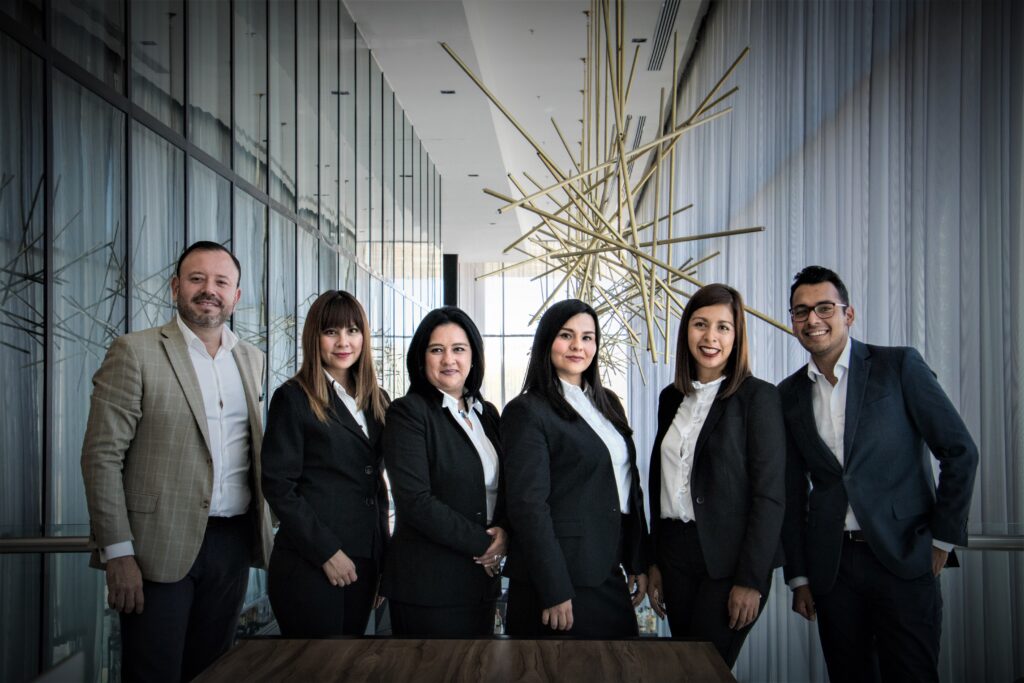Executive Leadership 3.0 Program
This leadership Program enables executive leaders (senior leaders, directors, business owners) to establish conditions that encourage centers of excellence to form; provides for fast tracking through Professional Levels 4, 5, 6 and 7; and conveys the milestones for advancing locations and brands to states that bring about higher states of business governance.
This Program includes an activity (selected by the client in consultation with a Moxie Frontier representative) that comfortably brings the participant’s mental agility to its cutting edge of endurance. The intention is to select an activity that is compelling, is unfamiliar, brings the participants to high proficiency in the activity, and accelerates the learning of Leadership 3.0 competencies.
Upon placing a non-refundable deposit, a representative will call to arrange the details. Our objective is to use a convenient lodging destination with the resources we require, which might alter the total cost per participant. We will require a list of participants and details important to each participant like dietary requests and accessibility needs.
This Program can be made exclusive to your organization or be mixed with executives from other organizations. A minimum of 8 participants is required.
* All expenses paid, except travel and alcohol. As the location is customized, the total cost might alter.
Activity Selection
Please document a response to any useful points below for handing off to the Moxie Frontier Facilitator.


Module 1: Universal Vision
Purpose: Bring trial and error to the ultimate minimum.
Summary: This module presents the universal vision—a vision adaptable to every pursuit—that crosses the following ecosystems:

Module 2: Owning Your Brand
Purpose: Enable leaders to understand, nudge and leverage their personal brand.
Summary: In this module, we use cultural examples to convey the non-sensory matters of branding to enable leaders to own their personal brand and steer behavioral responses.

Module 3: Modernization
Purpose: Amplify unequivocally effective leadership behaviors.
Summary: This module uses case studies of game changers in business and beyond plus Governance 3.0 philosophy to enable leaders to collaboratively orchestrate centers of excellence.

Module 4: Rite of Passage
Purpose: Enable the paradigm shift to excellence.
Summary: This module gives transparency of the stages of a leader’s rite of passage to excellence, which releases the epiphany that sets it in motion.

Module 5: Critical Mass
Purpose: Enable game changing leadership.
Summary: This module guides leaders to pioneer trade secrets that establish the critical mass for enabling teams and their business.

Module 6: Orchestration
Purpose: Leverage the ambition to achieve excellence.
Summary: This module dissects the structure inherent to all case studies to reveal the recipe of perseverance that unlocks enablement like the greatest symphony orchestras.

Module 7: Second-Tier Leader (Collaboration Spokesperson)
Purpose: To refine executives.
Summary: We explore the metanarrative and toolkit of collaboration that enables the Collaboration Spokesperson to mentor leaders to swiftly bring centers of excellence to fruition.

Module 8: Third- And Fourth-Tier Leaders (Thought And Interpersonal Leaders)
Purpose: To refine executives.
Summary: We study the relationship between thought leaders and interpersonal leaders (like those in a managerial role) plus how to implement the Collaborative Intelligence Process to bring success to a higher level of efficiency.

Module 9: The Fifth-Tier Leader (Universal Fellow)
Purpose: To refine executives.
Summary: We examine the Universal Fellow profile and the fine art of sustaining the metanarrative.

Module 10: Location Development
Purpose: Inform executives.
Summary: We explain the methodology for developing locations that contribute to Governance 3.0.

Module 11: Brand Development
Purpose: Inform executives.
Summary: We explain the methodology for developing the business side of a Brand that pursues Governance 3.0.

Module 12: Governance 3.0 Rollout
Purpose: Inform executives.
Summary: We discuss the inner workings of Governance 3.0 plus discuss, as a think tank, each individual’s contributions to roll the overarching methodology out at their place of business.

Module 13: The Organizational Culture
Purpose: Inform executives.
Summary: We discuss the artificial intelligence of organizational culture, its integration with Governance 3.0 and discuss, as a think tank, each individual’s contributions to roll the overarching methodology out at their place of business.
Included
Return On Investment
Leaders acquire the mindset and competencies required to cross the chasm for establishing Governance 3.0 momentum.
The Program introduces executives to the strategies for fast tracking through Professional Levels 4, 5, 6 and 7; advancing their operations through Locations Levels 3, 4, 5, 6 and 7; and for cultivating their business through Brand Levels 3, 4, 5, 6 and 7. Each Professional, Location and Brand Level has its own tangible return on investment as captured in the “Methodology” section at the About page.
If this Program is delivered internally, leaders will mutually understand the structure for rolling-out Governance 3.0. If this Program is delivered to executives at different businesses, they will become resources to each other for brainstorming and feedback.
Leaders begin to significantly influence organizational culture toward its advantageous self-healing state.
The relationship of leadership (the Program) and mentorship (the textbook) enables participants to use the textbook as a reference after the program to continuously hone their skills.

